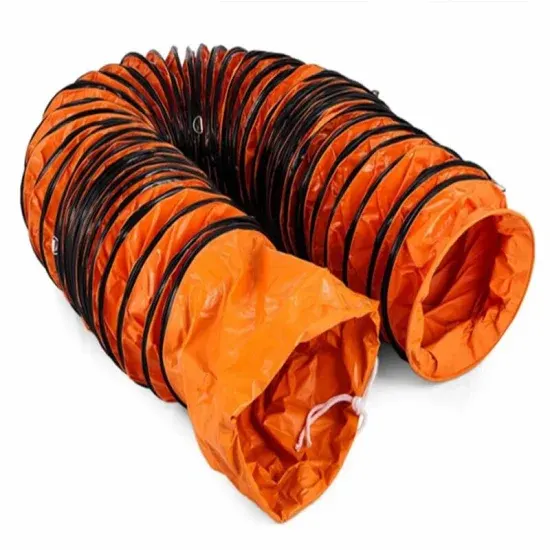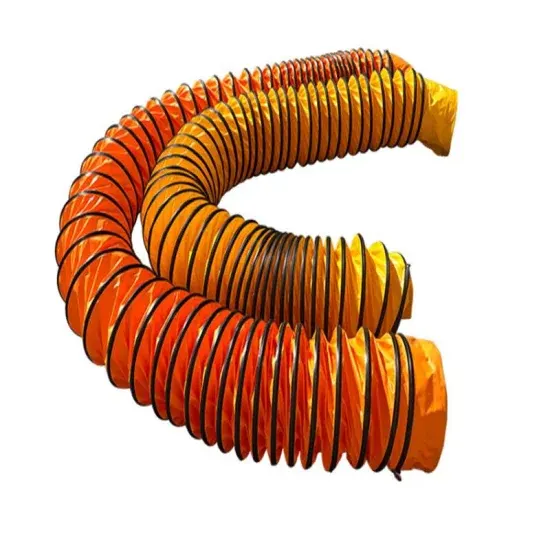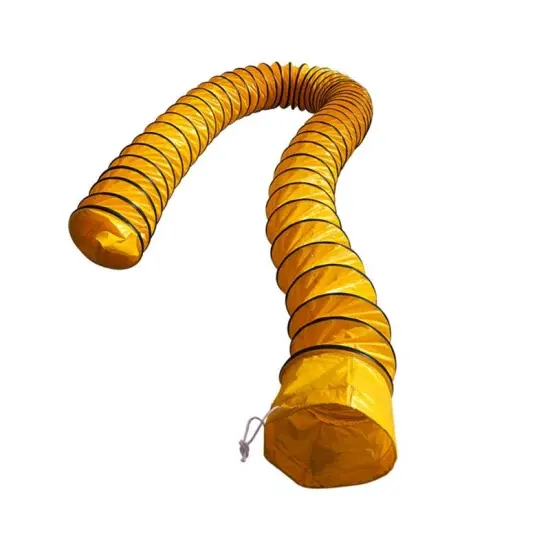


Ventilation is the lifeblood of any underground tunnel system, ensuring a safe and comfortable environment for workers and maintaining optimal conditions for various operations. In the realm of tunnel ventilation, innovation takes center stage, and one such innovation that has revolutionized the field is the integration of zippers into comprehensive ventilation solutions.
ong and large underground tunnels pose unique challenges when it comes to ventilation. Traditional ventilation systems often struggle to provide sustained airflow throughout the entire length of the tunnel, leading to pockets of stagnant air and potential safety hazards. Additionally, the installation of large circular ducts in low headroom or small tunnels can be impractical and costly, making it essential to explore alternative solutions.
Lay flat flexible tubing, augmented by the ingenious use of zippers, offers a comprehensive and fully integrated solution to the ventilation challenges faced in long and large underground tunnels. Unlike rigid ducts, which can be cumbersome to install and maneuver, lay flat tubing can be easily transported and deployed, adapting to the contours of the tunnel with ease.
Zippers play a pivotal role in maximizing the efficiency of lay flat flexible tubing ventilation systems. By strategically incorporating zippers along the length of the tubing, sections can be seamlessly joined together, creating a continuous conduit for airflow. This ensures that there are no gaps or disruptions in the ventilation pathway, allowing for sustained airflow from the ventilation source to the farthest reaches of the tunnel.
The use of lay flat semi-rigid flexible tubing with integrated zippers offers several advantages over traditional ventilation systems. Firstly, it significantly reduces installation time and labor costs, as the tubing can be quickly assembled and deployed by a minimal workforce. Moreover, the oval twin lay flat blower duct design is ideally suited for tunnels with low headroom or space constraints, where traditional circular ducts may be impractical.
The twin oval duct configuration further enhances air flow dynamics within the tunnel, optimizing ventilation efficiency. By distributing airflow more evenly and reducing resistance, the ventilation system can operate at lower power consumption levels, resulting in cost savings over the long term. Additionally, the improved air flow helps mitigate issues such as air stagnation and temperature differentials, creating a more comfortable and safe working environment for tunnel personnel.
In conclusion, the integration of zippers into comprehensive ventilation solutions represents a significant leap forward in the field of underground tunnel ventilation. By harnessing the flexibility and efficiency of lay flat flexible tubing, augmented by the strategic use of zippers, tunnel operators can achieve sustained standards of ventilation across long and large tunnels, ensuring the safety and well-being of personnel while optimizing operational performance. As the demand for underground infrastructure continues to grow, innovative solutions like these will play a crucial role in meeting the challenges of the future

India’s Largest Manufacturer & Exporter of Zippers & Sliders
Copyright 2022 © All rights reserved. Developed & Marketed by Wand Weaver